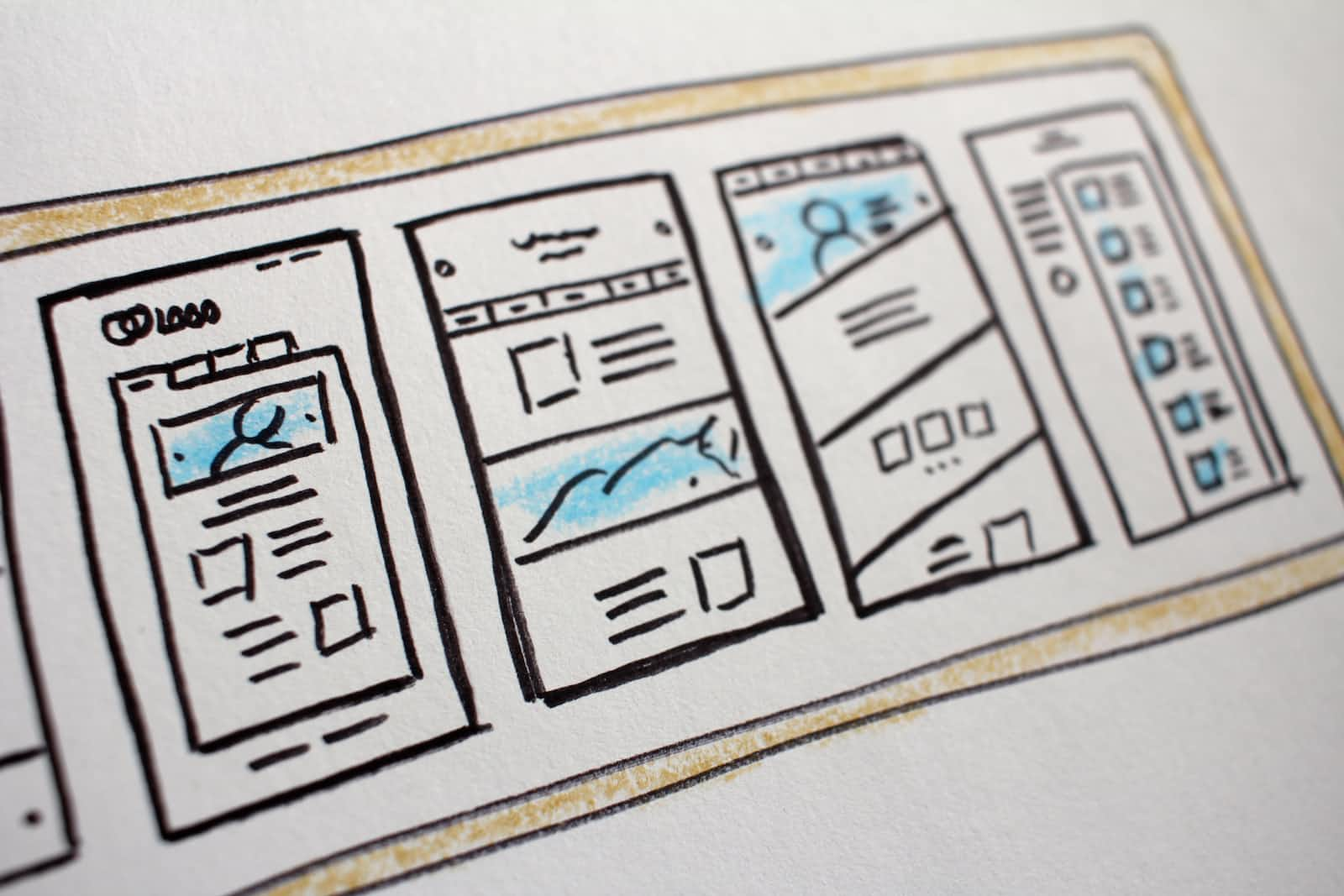Image Optimisation Made Easy: Transforming Your Website with WebP Conversion
 Sohail Pathan
Sohail Pathan
If you live in the world of web development you know by now that images and image optimization can play a crucial role in creating fast and visually stunning websites. We also know the common problems that weigh down the websites—bulky image files that take ages and ages to load, leaving users frustrated and bouncing away. (You know, the feeling of agony of waiting for a web page to load, only to be greeted by a slowly loading image that seems to take an eternity)
Web developers have been on a continuous quest to tackle this challenge (bulky image files and their impact on website performance). Some of the approaches include:
Compression: Compression techniques can reduce the file size of images without a significant loss of visual quality. This can include both lossless (e.g PNG) and lossy (e.g. JPEG) compression algorithms.
Resizing and Scaling: By resizing images to the appropriate dimensions of a specific screen, developers can avoid serving unnecessarily large files.
Lazy Loading: Lazy loading minimizes the initial load time and saves bandwidth by deferring the loading of non-visible images.
Content Delivery Networks (CDNs): CDNs reduce the physical distance between users and the server. This proximity decreases latency and improves image loading speed, leading to faster overall page load times.
Caching: Caching reduces the need to download the same image repeatedly, improving loading times and overall performance.
Image Format Conversion: This includes analyzing different image formats (e.g., JPEG, PNG, GIF, WebP) and choosing the most suitable format based on factors like image content, transparency needs, and browser support.
Staying on the final point, there is a significant advantage in converting images to a more efficient format, such as WebP. This can significantly reduce file sizes while at the same time maintain high levels of visual quality.
What is WebP?
WebP is a revolutionary image format that promises to transform the way we handle visuals on the web. For developers building websites with images, converting them from JPEG, PNG or GIF to WebP, can deliver multiple benefits.
Smaller File Sizes: WebP generally produces smaller file sizes compared to PNG, JPEG, and GIF formats, especially when using lossy compression. How much smaller? According to Google’s own data, WebP lossless compression is 26% smaller than PNGs and its lossy compression is 25-34% smaller than JPEGs. Smaller image files result in faster website loading times, reduced bandwidth usage, and improved user experience. This is particularly important for web applications that rely heavily on images, such as image galleries, e-commerce sites, or social media platforms.
Improved Loading Speed: With smaller file sizes, WebP images load faster, resulting in reduced page load times. This is crucial for web applications where speed is a critical factor, as faster loading times lead to improved user engagement, lower bounce rates, and higher conversion rates. Users are more likely to stay on a website or web app that loads quickly and delivers content promptly.
Bandwidth Optimization: Smaller image file sizes directly translate into reduced bandwidth consumption. This is particularly beneficial for users on limited data plans or slower internet connections. By optimizing image sizes through WebP conversion, web applications can deliver content more efficiently, ensuring a smoother experience for all users.
Lossless and Lossy Compression: WebP supports both lossless and lossy compression, providing flexibility based on image quality requirements. Lossless compression ensures no loss in image quality, making it suitable for preserving intricate details or graphics. On the other hand, lossy compression selectively discards non-essential image data, resulting in further file size reduction. Web applications can choose the appropriate compression method depending on the importance of image quality versus file size.
Animation Support: WebP supports animated images, making it a suitable replacement for GIFs. WebP animations generally have smaller file sizes than GIFs, resulting in faster loading and smoother playback. For web applications that utilize animated content, using WebP can lead to improved performance and user experience.
Sounds great doesn't it? This is the point where we can then mention the only con we could find: Browser compatibility. While WebP is supported by major modern web browsers, it's worth noting that not all browsers support it natively. However, there are fallback options available, such as using the <picture> element and providing alternative image formats (like JPEG or PNG) for browsers that don't support WebP. This allows web applications to take advantage of WebP's benefits while maintaining compatibility with older browsers.
Overall, WebP is here to stay. It will slash your file sizes, turbocharge loading speeds, and save you bandwidth. Plus, it's got your back with both lossless and lossy compression options. WebP plays well with modern browsers, supports animations, and keeps your site looking sharp. Some extra resources:
APIs that can help with conversion to WebP:
1. JPEG- webP 2. SVG -webP 3. PNG - webP
Happy converting and happy coding!
Subscribe to my newsletter
Read articles from Sohail Pathan directly inside your inbox. Subscribe to the newsletter, and don't miss out.
Written by

Sohail Pathan
Sohail Pathan
Hey There 👋 I'm currently a Developer Advocate at ApyHub | Helping startups in their Zero to One Journey